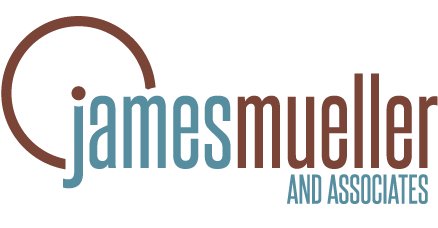Create a Productive Board Culture that Retains High-Quality Talent
Creating a productive, collaborative board culture is critical to effective governance.
Boards that don’t pay attention to their culture can experience several problems: from difficulty in recruiting and keeping high quality members, to cliques that are disruptive, to a lack of objective oversight, to straying into management, to a lack of due diligence, and the list can go on.
A few years ago we worked with a client that had recruited an executive from one of the top multinational technology companies founded in America. She was smart, analytical, strategic, and community minded—an extraordinary catch for any organization board. And my client was the lucky beneficiary. She showed her value to the organization almost immediately—diving in she accepted committee responsibilities, organized budget projections, and provided a framework for strategy development. I attended the board meeting where she made the presentation of her recommendations.
The next day she resigned.
A few weeks before this meeting, the board chair had reached out to me to discuss his concerns about board composition and effectiveness. He recognized problems, particularly with communication, but also with the general cohesiveness of the board. His underlying concern was the board’s culture; or what I define as the unspoken assumptions about how people should think, feel, and act and the behaviors that result from those assumptions.
Do You Have an Objective Perspective on Your Board’s Culture?
Every board has a culture—either by default or intention. I work with boards to achieve intentional culture. Even though culture has such a direct effect on board performance, few boards address it because they aren’t aware of its impact. Unless someone calls attention to the underlying habits, assumptions, and practices, an organization will not deal with a dysfunctional culture. One of my tasks when invited to provide governance counsel is to help the leadership team recognize the existence of culture and the impact it is having on the organization.
Reorienting or reinventing a productive, conscious culture cannot happen overnight. It requires board members to recognize the problematic culture, accept that it must change, and commit to making change.
How to Revitalize Your Board’s Culture
The high-tech board member left because the board’s culture did not recognize and value her contributions. Her departure catalyzed an intense focus on creating a collaborative, performance-based culture. We started by conducting an assessment that identified and mapped the cultural preferences. We combined this with an exercise on core values. And followed up with the creation of a recruitment profile.
These three practices elicited an awareness of the cultural dynamics, an examination of the culture the organization wished to establish, and a process to bring about productive change.
If your board is struggling, have faith that it can be rescued. But don’t sit back, take action. We are always here to help you succeed.

